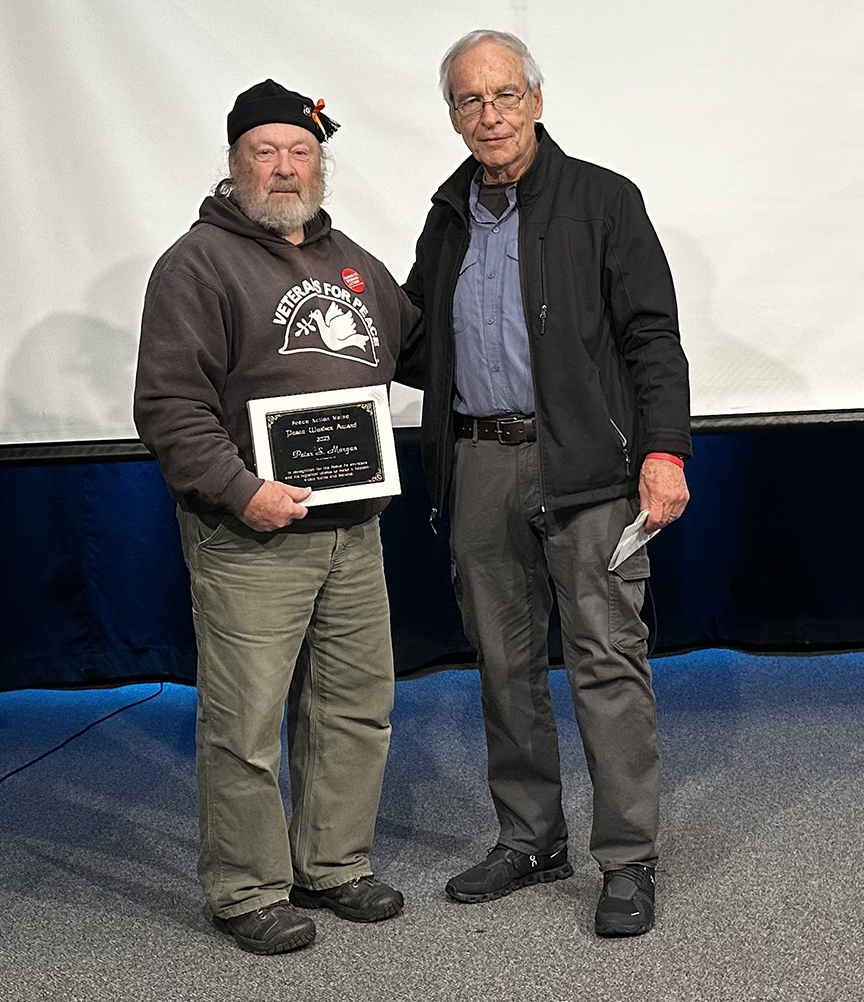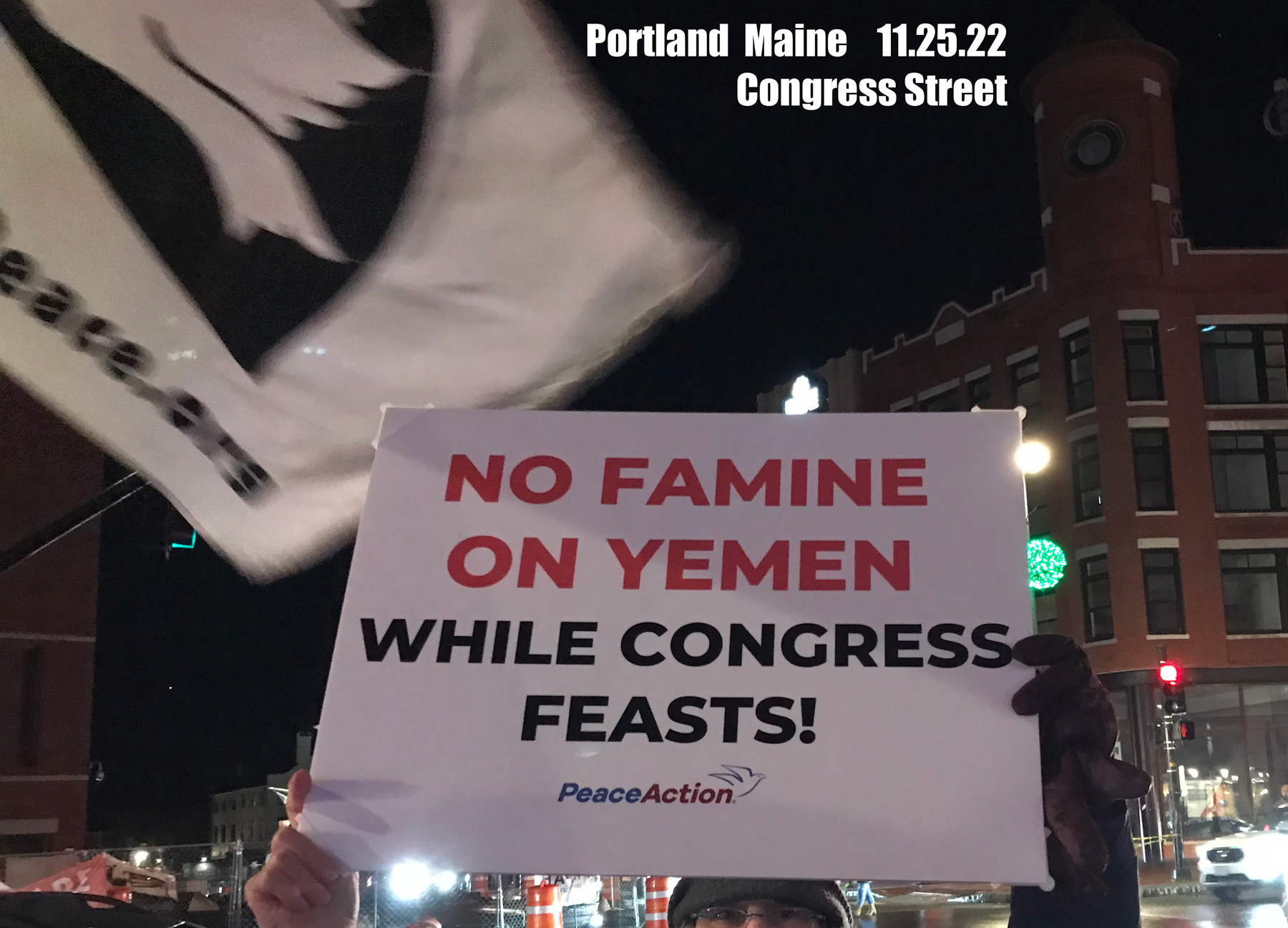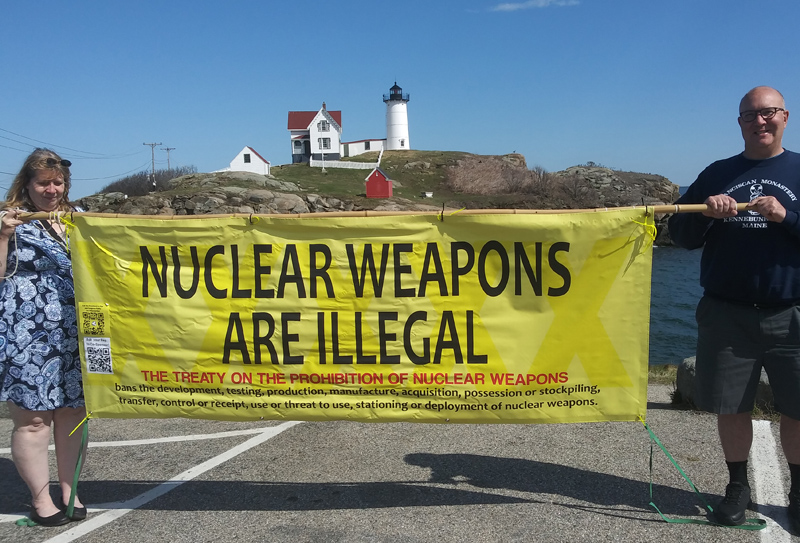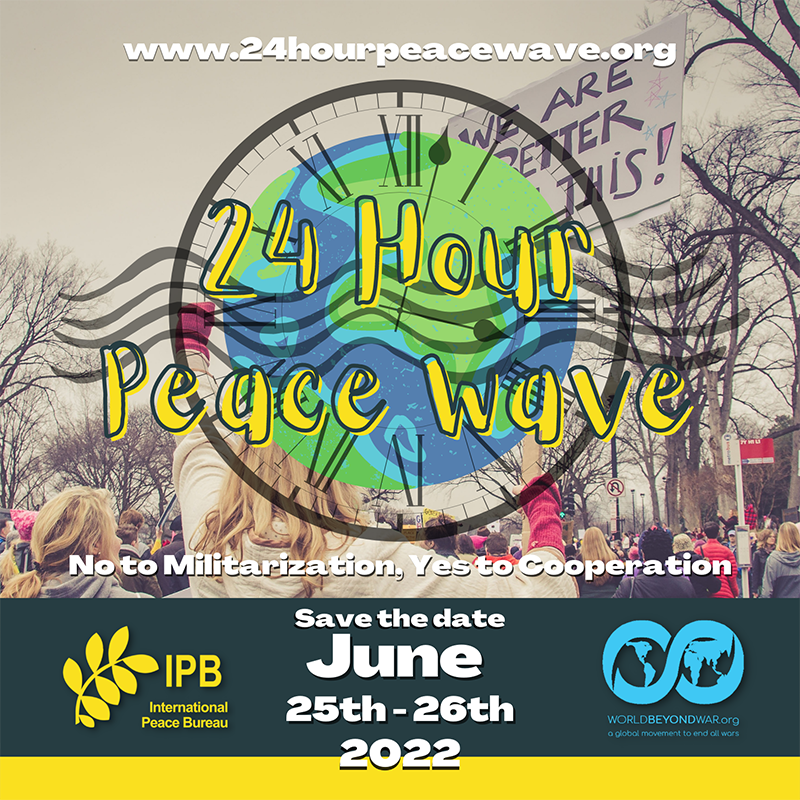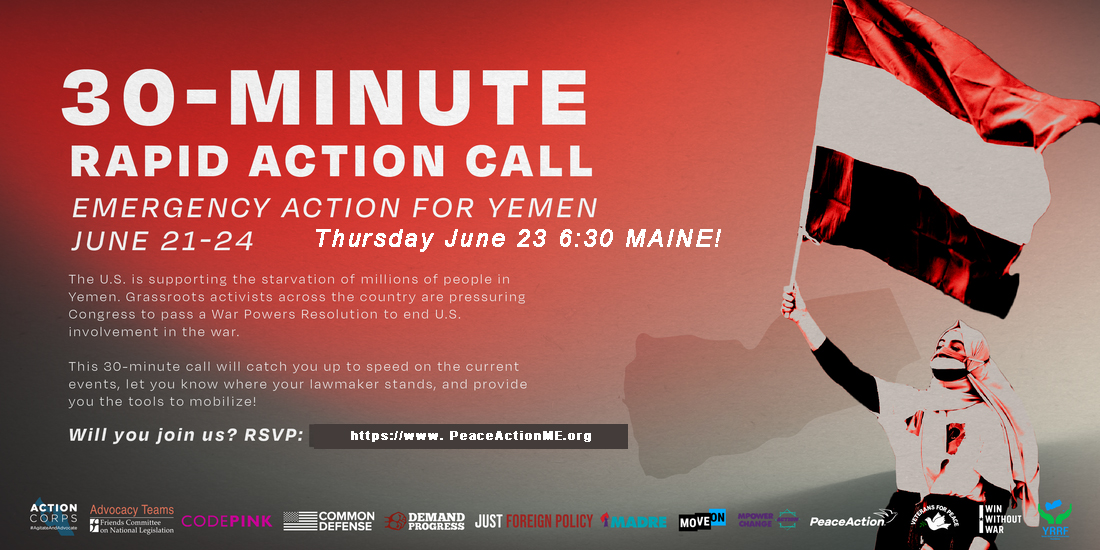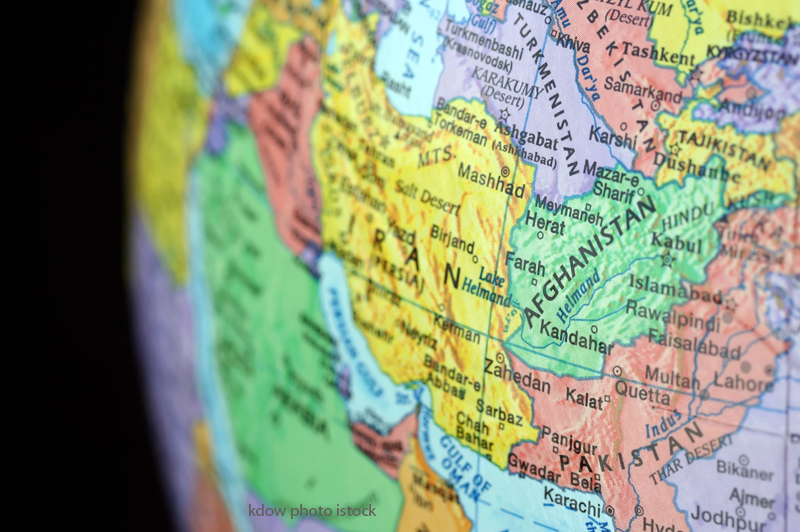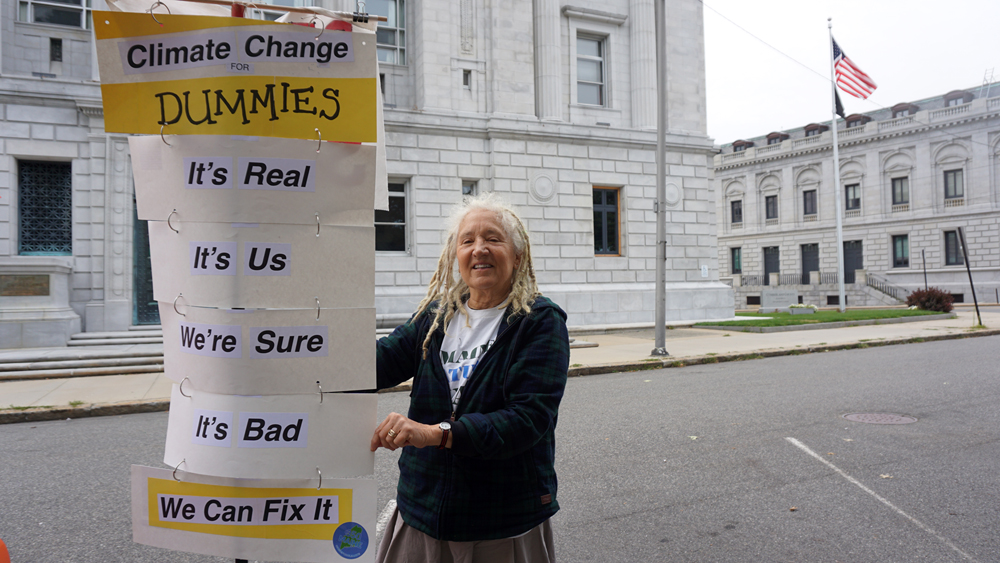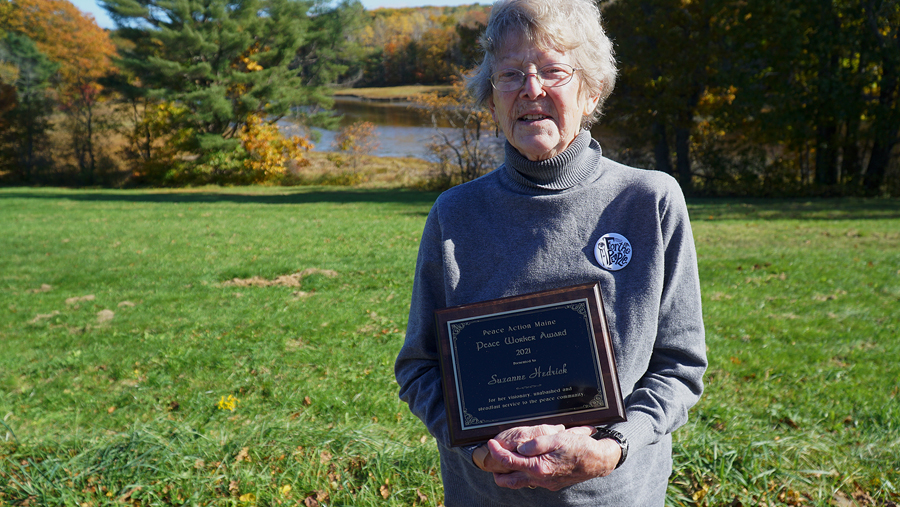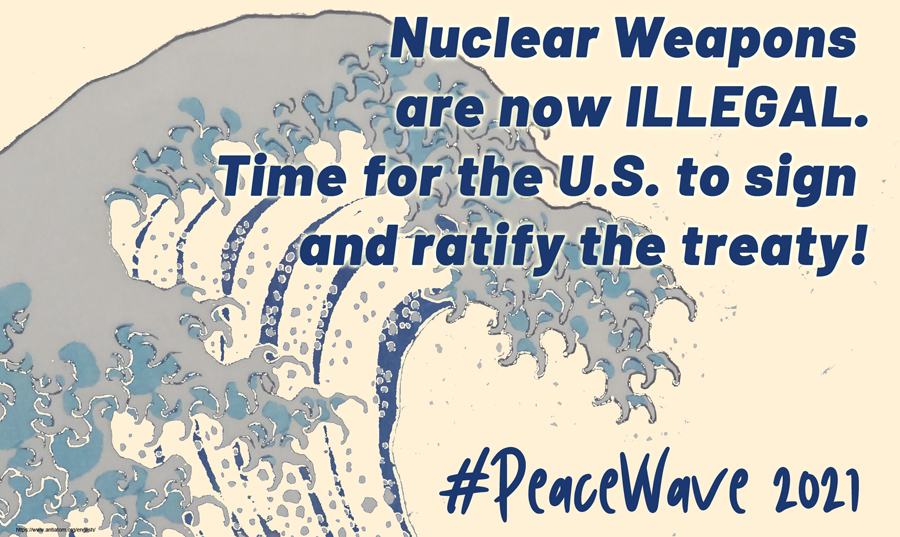“Invest in Minds Not Missiles: Reducing the Threat of Nuclear War” Conference at MIT on April 7, 2018.
Mike VanElzakker, postdoctoral fellow at Massachusetts General Hospital/ Harvard Medical School, and a member of the Mass. PA Board of Directors.
A brief history of the Korean Peninsula, reprinted for this event and talk by Hyun Lee on Oct 14, 2018
We’re here to talk about nuclear weapons overall. Everybody knows that the Hiroshima bombing happened on August 6, 1945. Estimates are that 146,000 people were killed. Three days later, on August 9, 1945, in Nagasaki about 80,000 were killed.
But what a lot of people don’t know is that the following day, on August 10, 1945, two US State Department officials took down a map from the wall and drew a line across the Korean peninsula*. That’s why we have a North and South Korea. There were no Koreans consulted. This was a unilateral United States action that divided Korea in half.
That’s the crisis we’re still dealing with today. The Korean peninsula, which had been unified and had shared a language and culture for millennia, was split in half artificially, without any consent or input. And that’s what Korean people, who are taking the lead now to undo what the US did so long ago, are dealing with. And we’ve talked a little bit about letting the Korean peace movement be our guide and we should be following their lead, and I’m going to be explaining why we ought to be doing that, and what are some of the things we are doing to manifest that.
Why did that [division] happen the day after the Nagasaki bombing? In 1910, Imperial Japan took Korea as a colony, and ran Korea as a colony for 35 years until 1945. And it was of course, like most colonial endeavors, brutal and awful. It included the taking of tens of thousands of Korean women as so-called “comfort women” – as essentially sexual slaves for the Japanese Imperial Army. This is something that still causes a lot of tension between Korea and Japan. President Abe [of Japan] has not been good about recognizing this history and he has given sort of vague apologies. This is the legacy of imperialism that the Korean people have been fighting against for so long.
And of course there was an anti-imperial movement that sprang up during this period. And when the U.S. took over South Korea in 1945, the U.S. Army ran South Korea essentially as a colony for three years. A lot of people don’t know that. There was what’s called “the U.S. Army Government in Korea” that actually ran the place. And they kept in place Japanese collaborators, so they kept in place essentially the colonial infrastructure. And of course, the Koreans didn’t like that – and they began fighting back, there was a continuation of the anti-imperialist movement that had arisen during the period of the colonial occupation.
So, there were skirmishes that escalated. And the United States at the time was (probably still is) obsessed with anti-communism. And so they took the anti-imperial, grassroots movement – often among uneducated peasants just trying to get foreign invaders off their land – they took that as “doctrinal communism” and they clamped down on it very hard.
So, just three or four days ago, we passed the 70th Anniversary of the Cheju uprising of April 3rd in which probably 30,000 people on Cheju Island, off the southern tip of Korea, were killed, largely by US-supported Japanese collaborators, essentially the military and police infrastructure that was left behind from colonial Japan, as well as right-wing youth gangs that were organized and supported by the United States. So that was probably about one-fifth of the population of Cheju Island that were murdered, sometimes in mass executions. And again, this happened way in the South, and well before June 25, 1950 when we usually consider the Korean War to have started. So this is evidence that the Korean War was already underway and escalating and it was largely an anti-imperialist struggle.
Again, Koreans know this history and this is why we should defer to them and let President Moon take the lead, and do what we can to keep our leadership out of the way.
The Korean War itself was uniquely brutal and it was considered brutal and racist at the time, which is something. So, just some numbers: During the entire Pacific Theater in World War II, approximately 503,000 tons of bombs were dropped. But just in Korea, largely in the North, during the three-year period we call the Korean War, 635,000 tons of bombs were dropped. So this is 24-hour saturation bombing. Just as an example: napalm was used extensively. In a four-month period in 1950, the United States dropped 866,000 gallons of napalm on North Korea. During the total three years of the Korean War, the United States dropped over 32,000 tons of napalm, mostly North, but also South.
Just to drive home the idea that this war was considered brutal and racist at the time: a brutal racist, Winston Churchill, had the following to say: “I do not like this napalm bombing at all.” This was in a file memorandum that was filed August 22, 1952. It ended up not being released publicly at the time, for fear of embarrassing his ally, but this is Churchill raising concerns about the extent of napalm bombing: “A fearful lot of people must be burned, not by ordinary fire, but by the contents of the bomb. We should make a great mistake to commit ourselves to approval of a very cruel form of warfare affecting the civilian populations. Napalm in the war (WWII) was devised by and used by fighting men in action against tanks and against heavily defended structures. No one ever thought of splashing it about all over the civilian population. I will take no responsibility for it. It is one thing to use napalm in close battle or from the air in immediate aid of ground troops. It is quite another to torture great masses of people with it.”
So, understand, that’s the North Korean perspective. That’s what they’re thinking when twice annually the United States with Japan and South Korea, properly called Republic of Korea, engage in very large-scale military exercises off the coast.
Again, just to drive home the North Korean perspective, to explain why they believe they need a nuclear deterrent: General Douglas MacArthur testified to the US Congress on May 3, 1951 – now again, this was barely a year into this conflict – “The War in Korea has already almost destroyed that nation of 20 million people. I have never seen such devastation. I have seen, I guess, as much blood and disaster as any living man, and it just curdled my stomach the last time I was there. After I looked at that wreckage and those thousands of women and children and everything, I vomited. If you go on indefinitely, you are perpetuating a slaughter such as I have never heard of, in the history of mankind.”
So, does that give a little perspective about why North Korea looks the way that it does, why it’s a garrison state that’s deeply dug in, extremely militarized, why they’re in an extreme defensive posture and have been for a long time?
Now, understand that they’re a former signatory to the Non-Proliferation Treaty. They withdrew, and they began their nuclear program, formerly, out loud, around the time of the invasion of Iraq, when they publicly announced that they were trying to develop a nuclear weapon. At first they were probably bluffing and blew up a whole bunch of conventional weapons just to make everyone think that they had a nuke. But they said, we do not want to suffer “the same miserable fate as Iraq’s.”
So, their understanding was: if they disarm, they’re going to be attacked. Joseph Gerson [from the American Friends Service Committee] talked before about when there’s a pistol in a robbery – even if it’s not fired, it’s still used. Well, the nuclear arsenal of the United States has been used as a threat against North Korea for decades. And now that they have a nuclear weapon or several probably, they want to negotiate on equal terms. And that’s the process that’s happening now.
President Moon, from South Korea (the Republic of Korea), ran largely on reconciliation with the North. He won an election and has basically followed through. He has gone back on a couple things, but he has essentially followed through. And the Olympics have given a real opportunity for the reconciliation of this peninsula that was divided in an act of imperial aggression [by the U.S.] 70-plus years ago. And I would argue that peace activists in the United States ought to look to peace activists in South Korea. There’s a slogan among peace activists in South Korea, which is, “No Peace without Sovereignty.” What they mean by that is: for there to be peace, South Korea needs to stop behaving like an imperial puppet of the United States. They want the United States to back off.
So, what can we do as activists here? We’ve done many actions about Korea. We’ve had “watch parties” for the Olympics Opening Ceremonies, which of course were very beautiful to watch, especially when the women’s hockey team walked together, we’ve had an action called “Athletes for Peace,” we’ve had a number of rallies. So please, engage with Massachusetts Peace Action if you want to learn more about ongoing Korean actions.
But some of the things that we could be pushing for, as peace activists, are:
One thing is to stop the large-scale military exercises that happen off the Korean coast twice a year. These are extremely threatening to North Korea. Understand that the aircraft carriers that were off the coast during the Korean War ran 24-hour saturation carpet-bombing. And when North Koreans see those aircraft carriers, they remember that. By the way, it’s good news – not that these exercises are going on – but good news that they are significantly reduced. This is a good sign, actually, from the Trump Administration that they are at least taking material steps to de-escalate. And that includes no aircraft carriers, which is indeed good news.
We should be pressuring our leadership to engage [in negotiations] and to back off [from threatening military exercises] and to let Moon take the wheel. Even our most liberal [elected] reps argue as though North Korea is this threat that’s about to come conquer us. The United States Pacific Command gives the odds of a first strike from North Korea, the DPRK, at 0.01% -- just another example of the understanding within the intelligence community that North Korea’s weapons are defensive. Yung Suk Lee of CIA’s Korea Mission Center argues that their nukes are a deterrent, and that Kim Jong Un is not irrational, and he says, “The last person who wants conflict on the Korean Peninsula is Kim Jong Un.”
So, what we should be doing is to sign a peace treaty to officially end the Korean War, which is not officially ended. It ended in an armistice, which we’ve broken the terms of repeatedly. So, paragraph 13d of the Armistice Agreement said no new weapons are to be introduced into the Korean peninsula. Again, of course, we introduced nuclear weapons in 1958. We broke it almost right away, in a very serious manner. That’s part of why the DPRK government doesn’t trust us. Staying in the Iran nuclear deal will help with our credibility. If we back out of that, they’ll realize they can’t trust us.
And I’m probably about done. Ok, thank you. (Applause)
Word Count: 1,936
https://youtu.be/OoR2MWb2Vgs(transcribed by Jackie King)
*in 1945 a “joint occupation” divided the peninsula along the 38th parallel.
Rhee Syngman was chosen to lead the Republic of Korea (ROK) in the South
Kim Il-sung, the Great Leader, anti-Japanese guerrilla fighter, was chosen to head the Democratic People’s Republic of Korea (DPRK)
Kim Jong-Il, the Dear Leader, took power after the sudden death of his father in 1994.
Kim Jong-un, the Grand Marshall, took leadership after his father died in 2011.
Moon Jae-in, former human rights lawyer, President of South Korea, was elected in 2017. Pictures.#hyunlee print first page w photo



